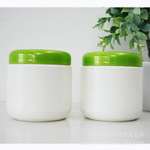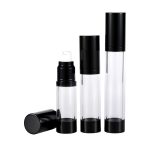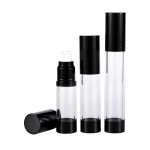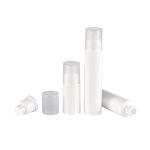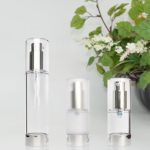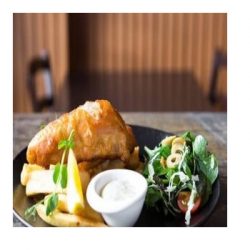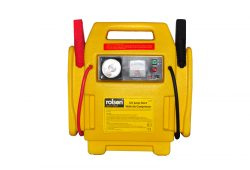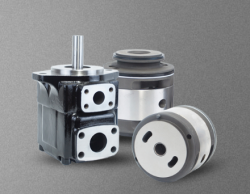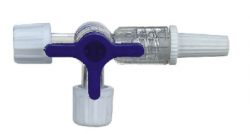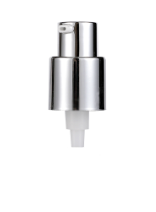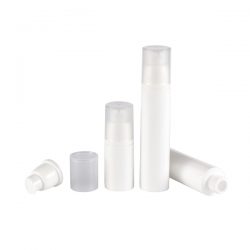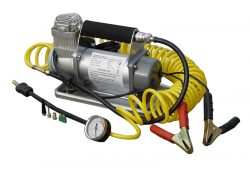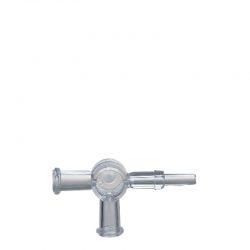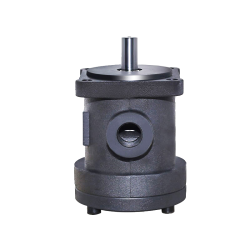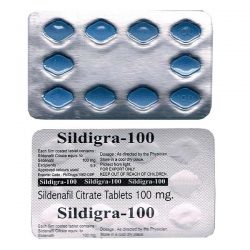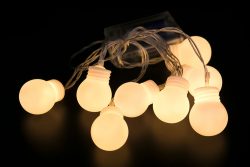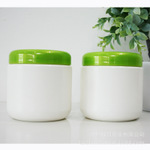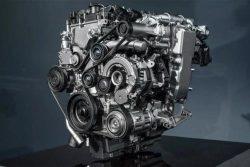What Should I Pay Attention To When Using Random Copolymer PP?
PP Bottle are mostly random copolymerized PP resins, which are required to have high fluidity, transparency, rigidity and certain impact resistance, and require high finish, heat resistance and chemical resistance.
The melt flow rate (MFR) of PP suitable for the injection-blowing process is 2-20 g/10 min, but most of it is 6-14 g/10 min. Due to the hollow blow molding grade resin, the relative molecular mass distribution is generally wide. In addition, in order to meet the requirements of use and aesthetic requirements after packaging products, PP raw materials must have certain stiffness, impact resistance and high transparency.
When producing a random copolymerized PP for a polymerization bottle, attention should be paid to the following control relationship.
(1) Relationship between the amount of ethylene and transparency. As the ethylene content increases, the crystallinity of the random copolymerized PP decreases, and the transparency is improved to some extent. In the production of PP resin for bottles, according to the physical properties of processing technology and product transparency, the total ethylene mass fraction is generally controlled at 1.0% to 4.0%. The introduction of ethylene segments in the polymer chain structure can prevent the crystallization of PP. To avoid the formation of large spherulites and to improve transparency.
(2) Relationship between ethylene content and rigidity and toughness. With the increase of ethylene content, the cantilever beam notched impact strength of random copolymerized PP is improved, and the yield tensile strength is gradually decreased. Compared with the homopolymer PP, the ethylene segment is introduced into the random copolymerized PP molecular chain, and the molecular regularity is lowered, which causes the crystallinity of the polymer to decrease, and the notched impact strength of the cantilever beam of the product is improved. The excellent impact resistance of the polymer means a loss of rigidity. As the MFR of PP decreases and the ethylene content increases, the cantilever beam notched impact strength increases, but the rigidity deteriorates. This is manifested by a decrease in yield tensile strength, Rockwell hardness and flexural modulus. Therefore, in the molecular design of the beverage bottle resin, it should be considered comprehensively. The beverage bottle forming process requires the resin to have a high melt strength. Therefore, a small amount of ethylene (mass fraction 1% to 4%) is added during the polymerization process, which not only increases the notched impact strength of the cantilever beam but also reduces the rigidity.
(3) The effect of the amount of clearing agent added on the transparency of the product. In addition to selecting a suitable amount of ethylene, in order to achieve a satisfactory transparency effect, a nucleating agent which enhances the transparency can be added in the mixing process of the random copolymerized PP to make the transparency more desirable. In addition, due to the presence of crystal nuclei, heterogeneous nucleation is caused, the crystallization rate is accelerated, and the crystal size is uniform, which compensates for the rigidity loss caused by ethylene-propylene copolymerization to a certain extent, so that the resin has good physical properties and shortens molding. Time to reduce the wall thickness of the product.
By adjusting the MFR and relative molecular mass distribution, and adding a suitable transparent nucleating agent, a special bottle resin for MFR with a relative molecular mass distribution of about 10g/10min is developed to meet the market demand.
